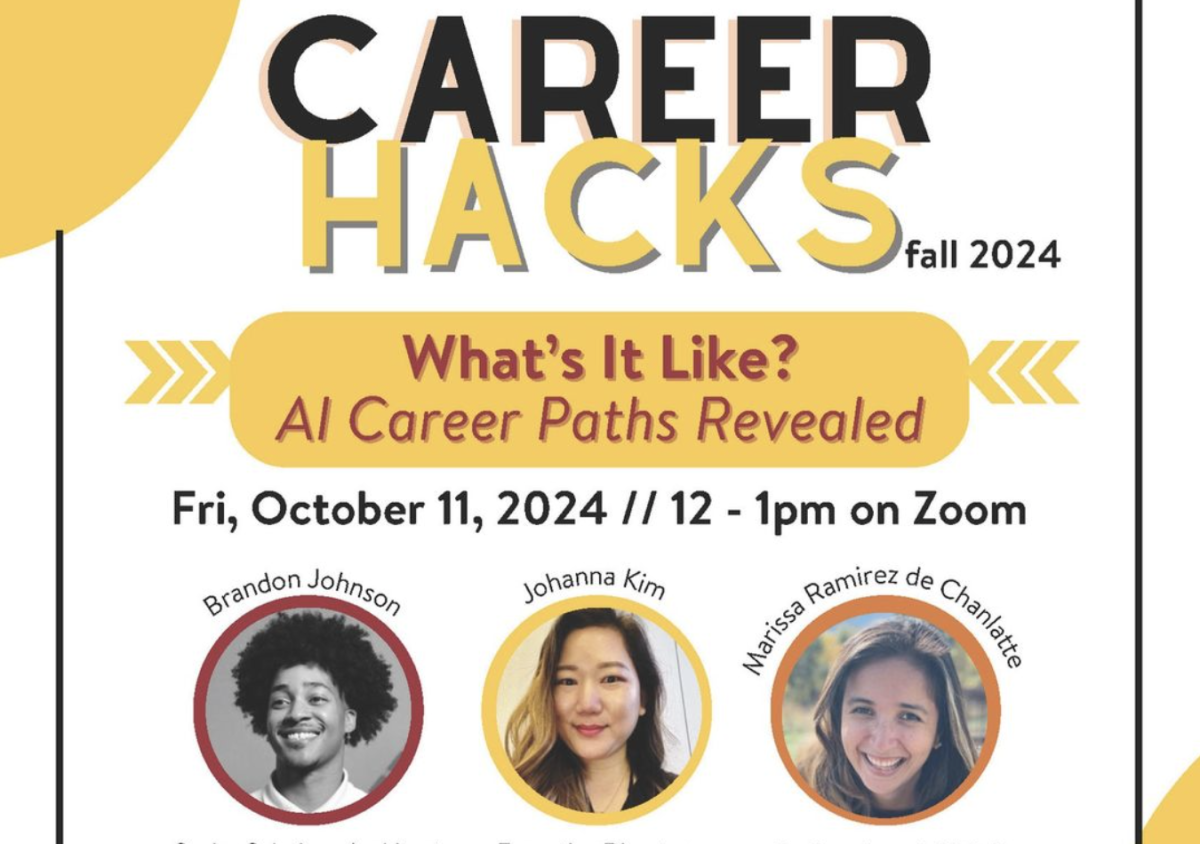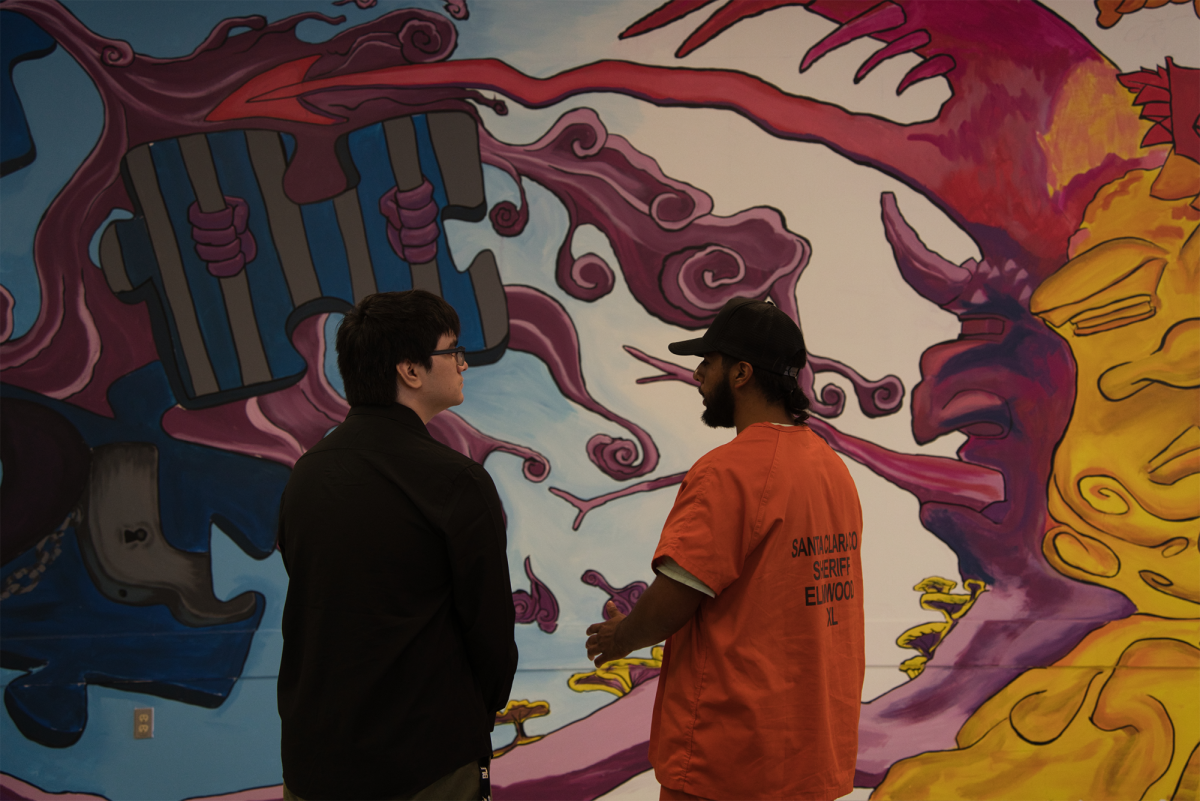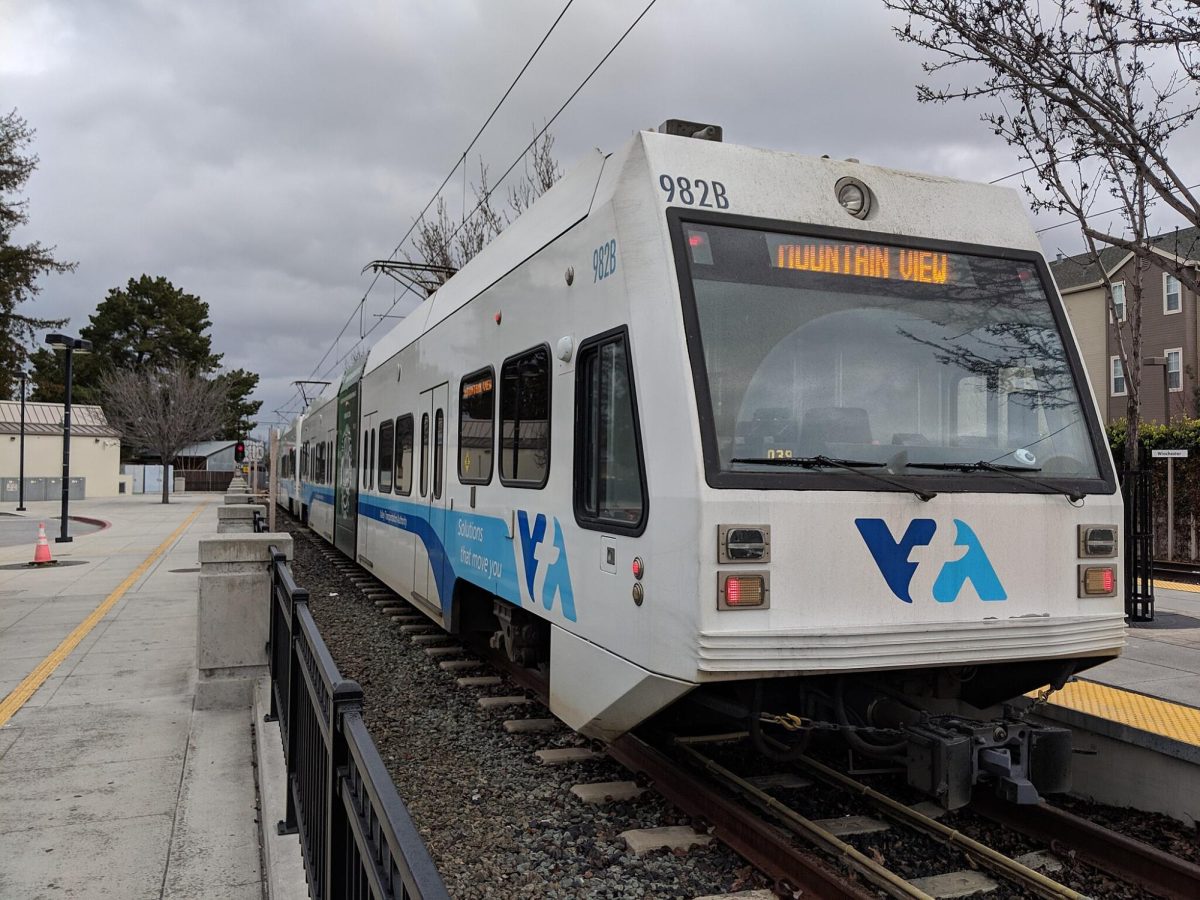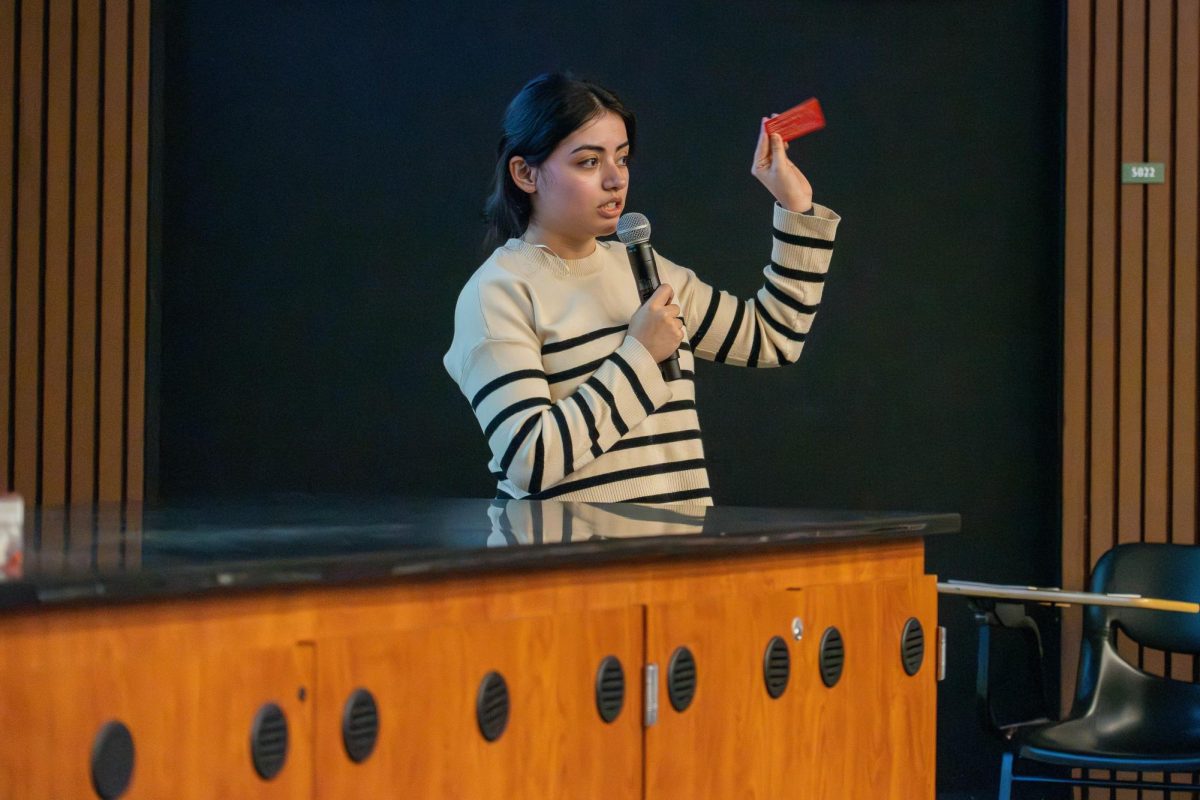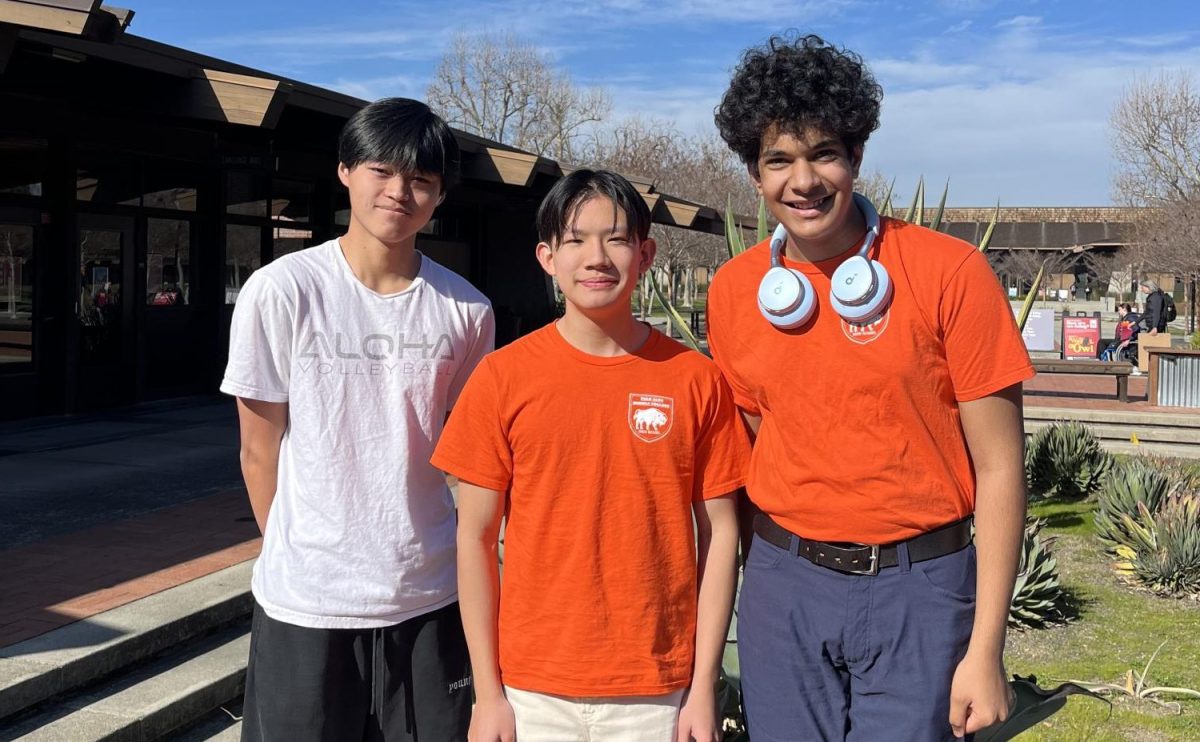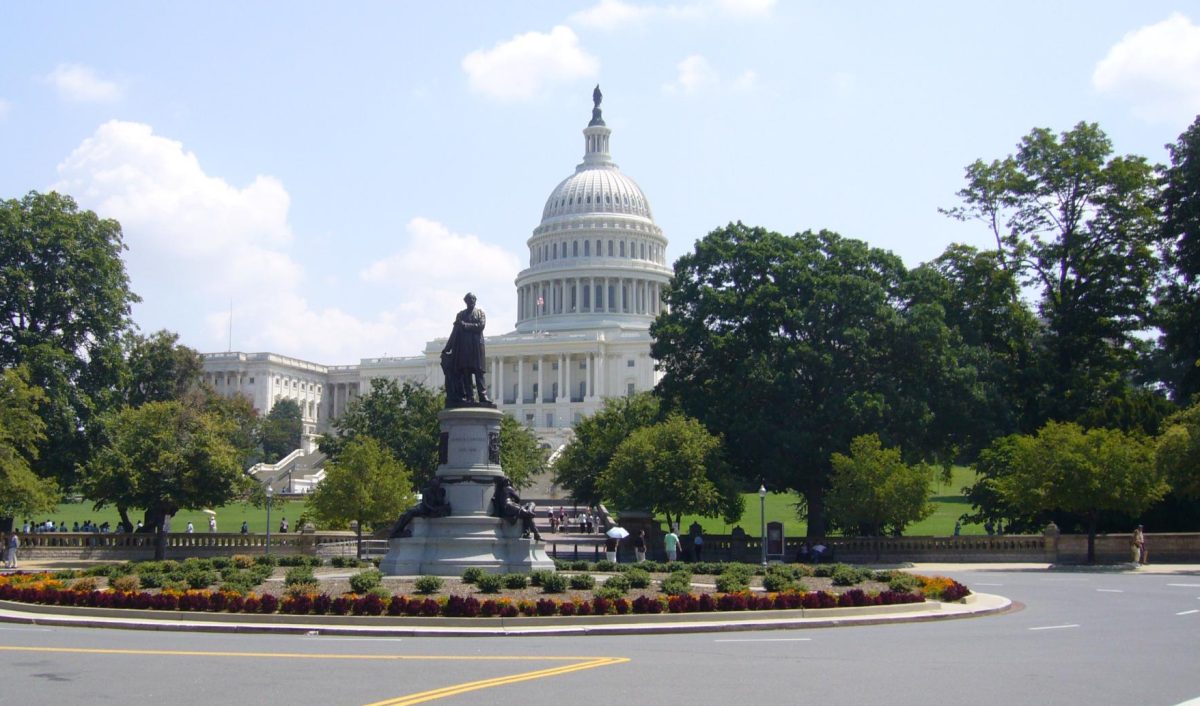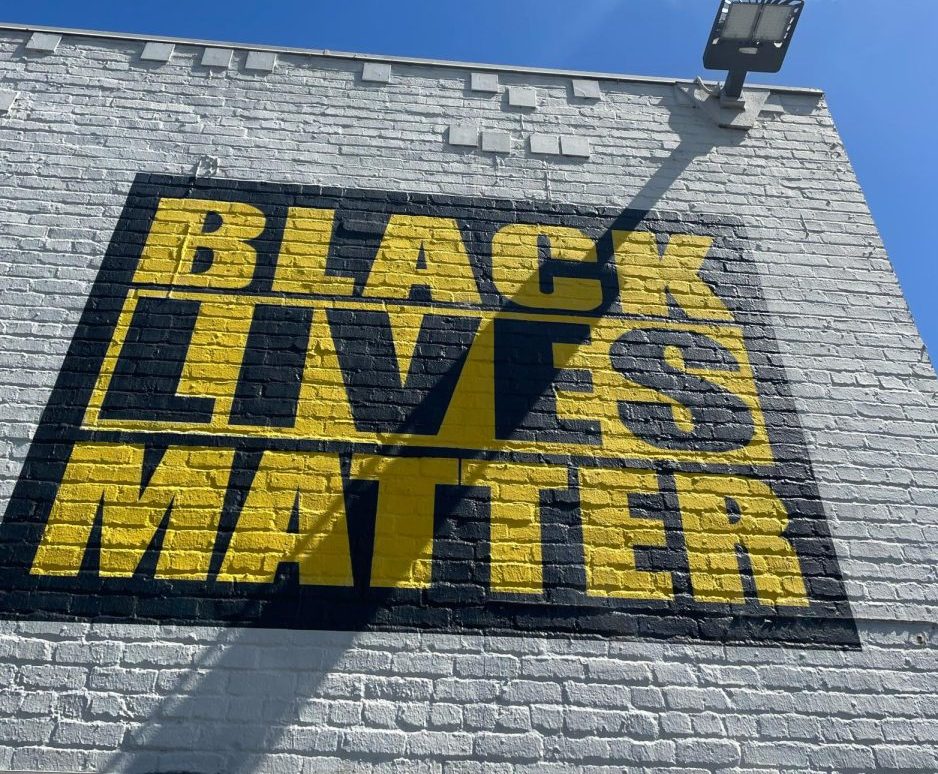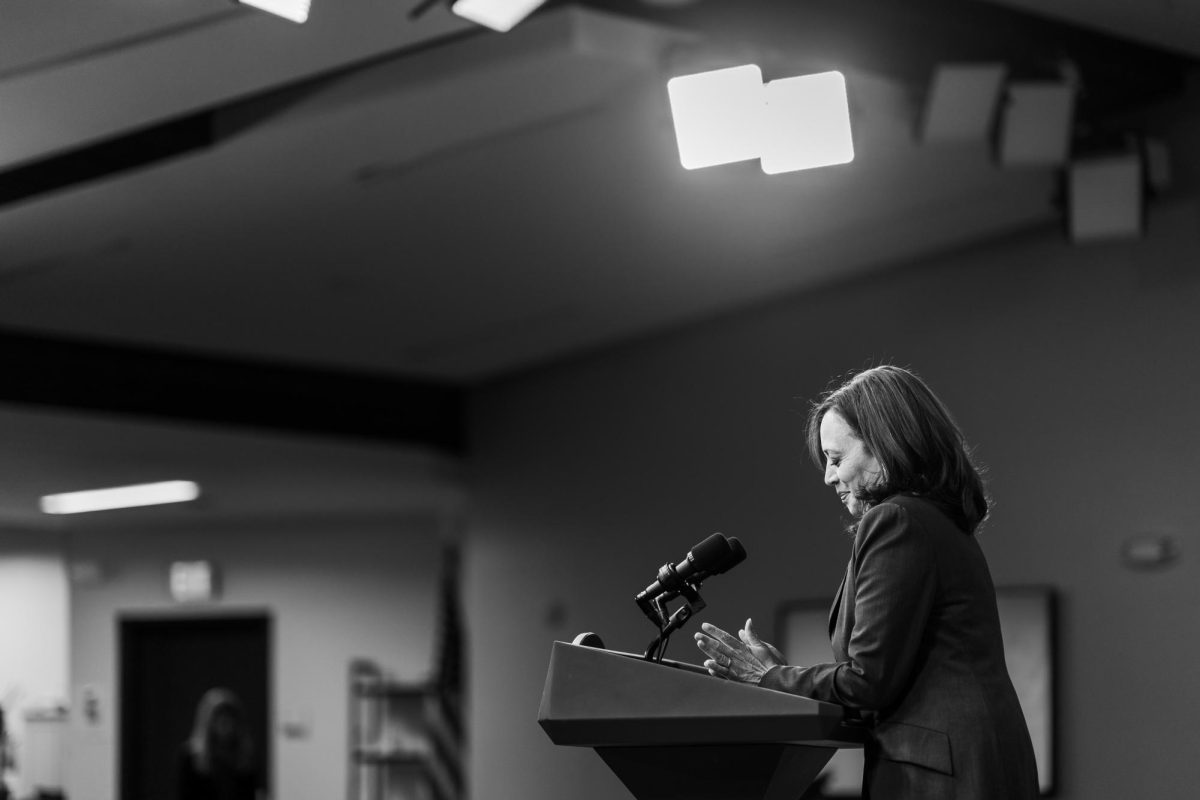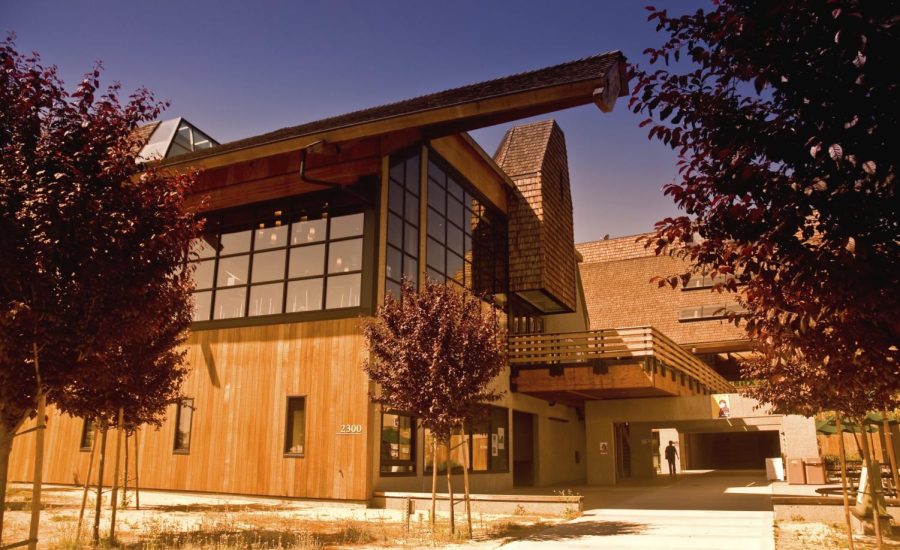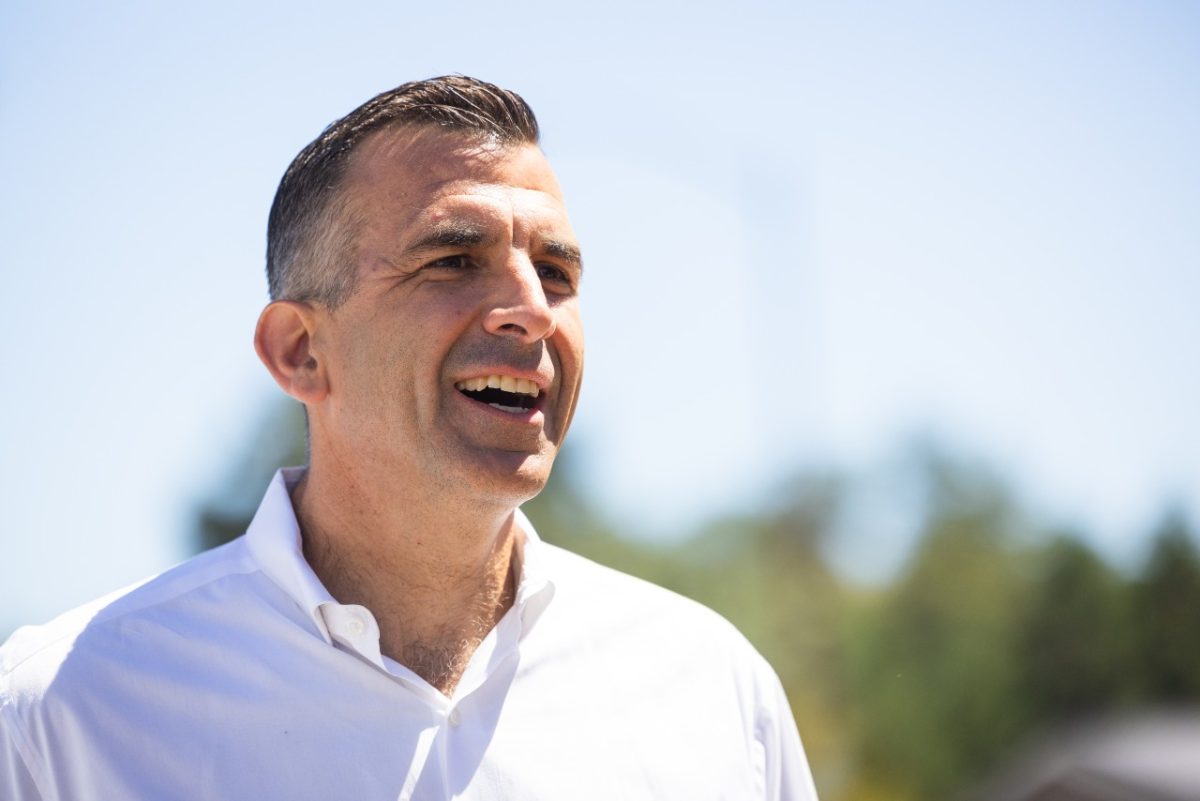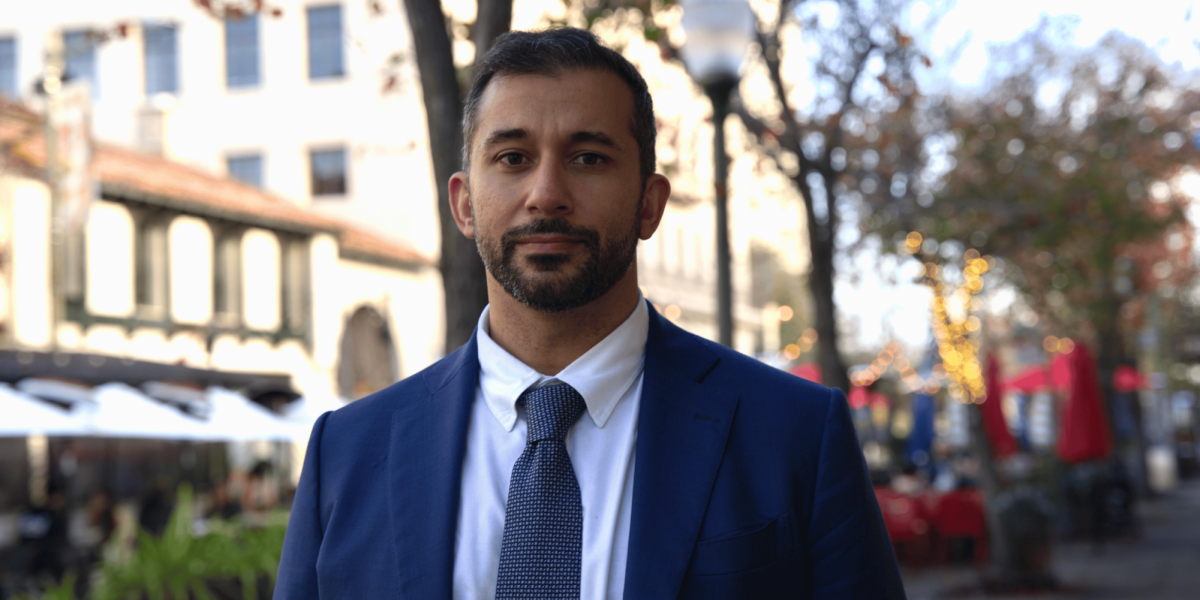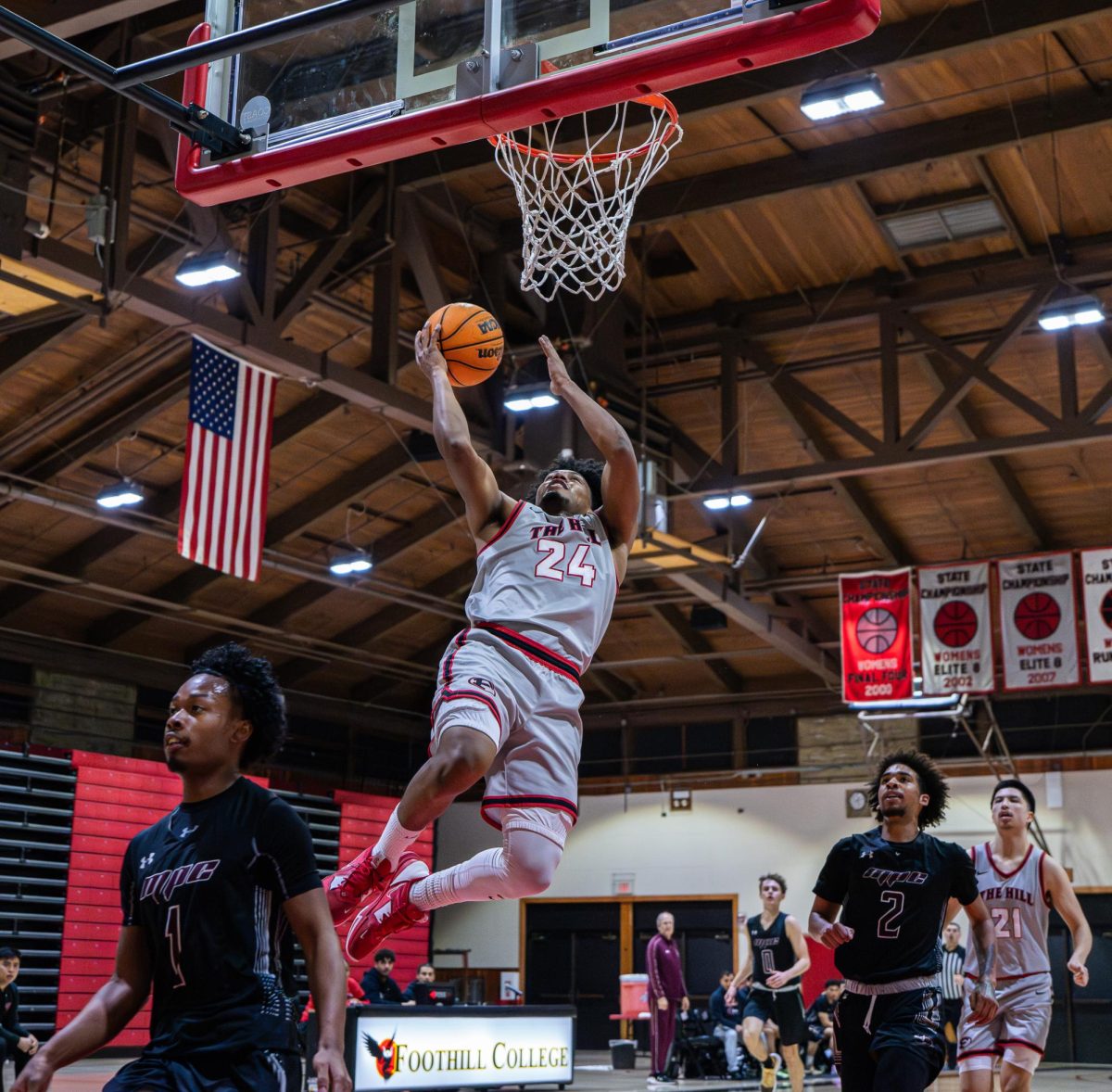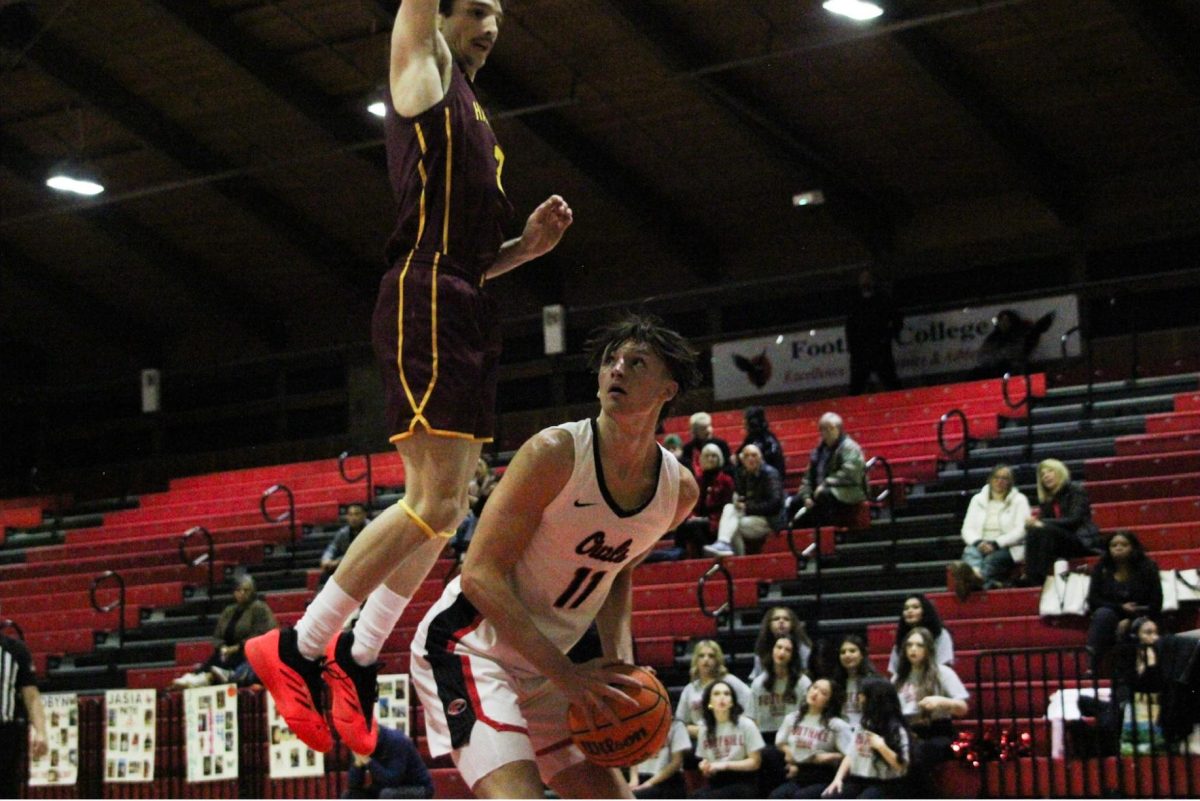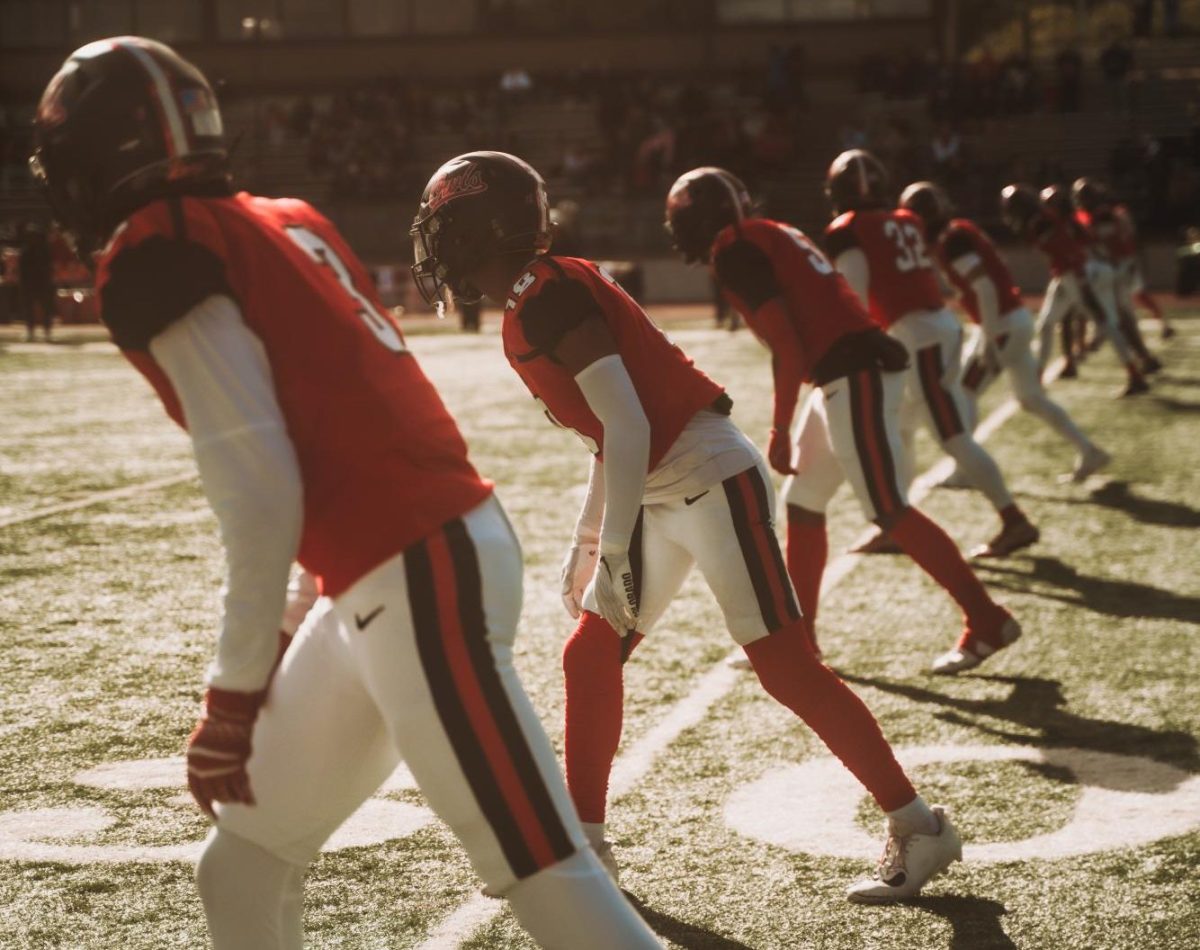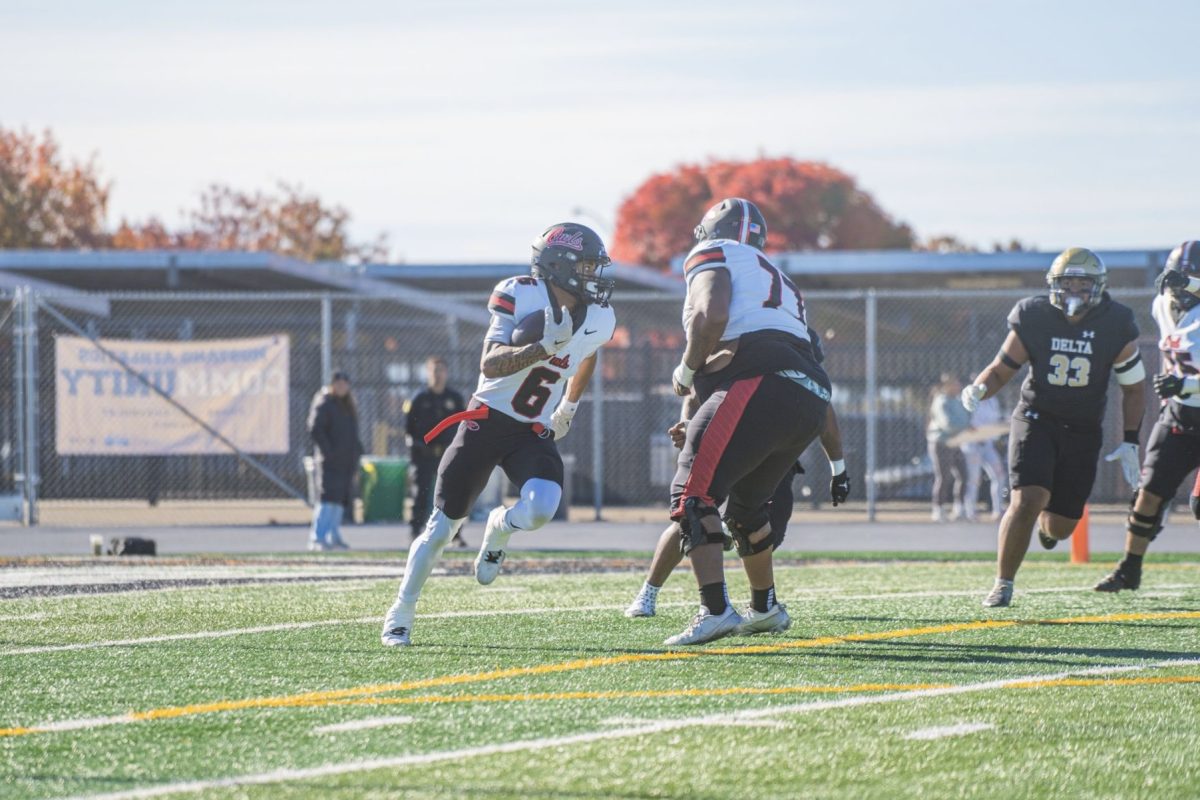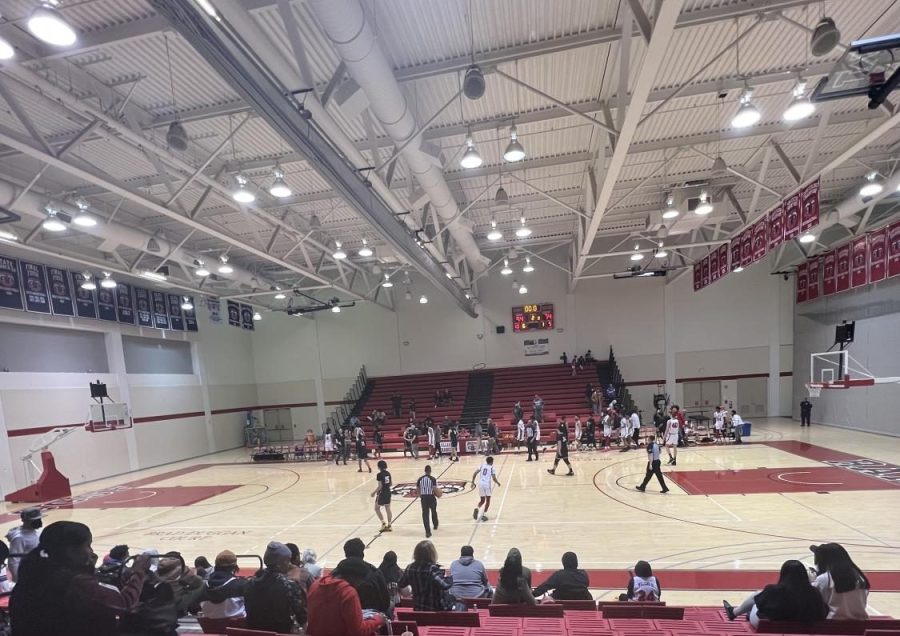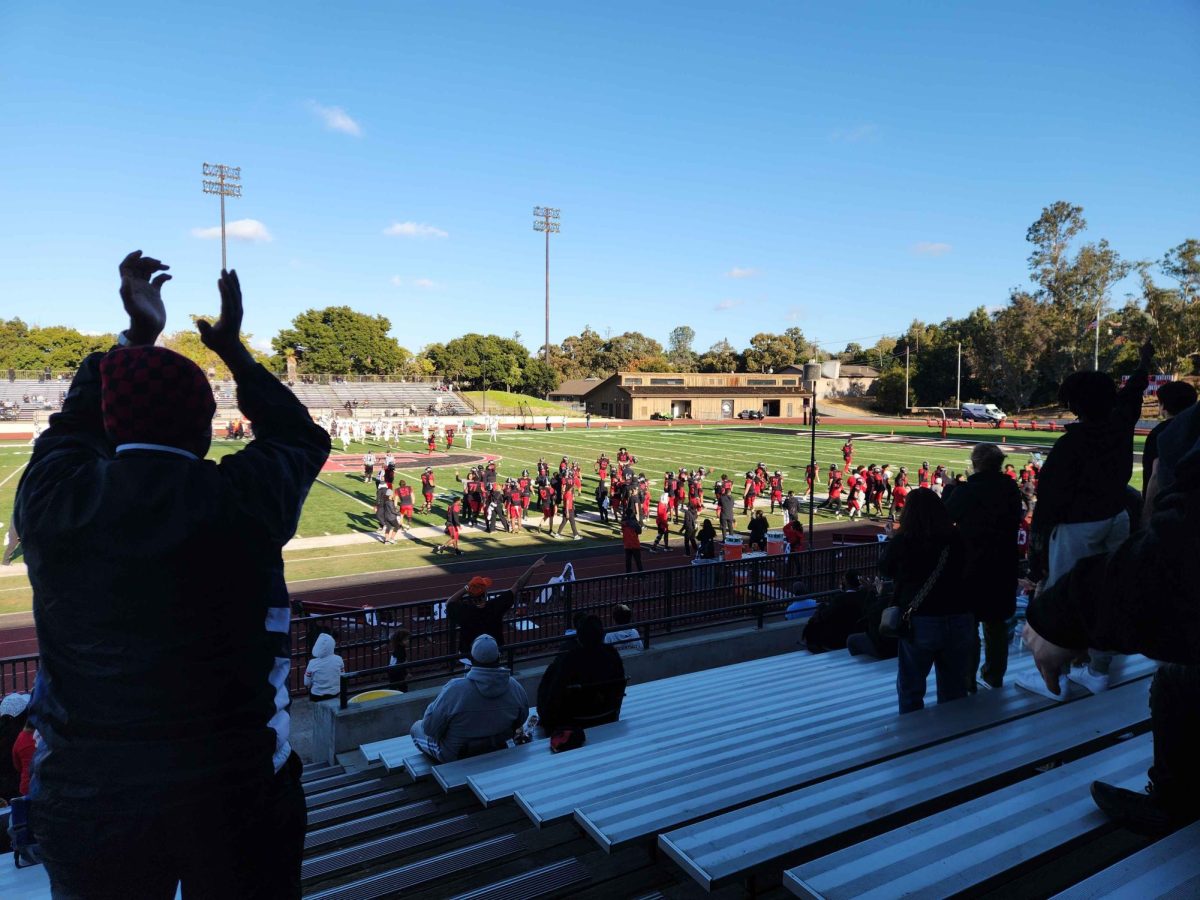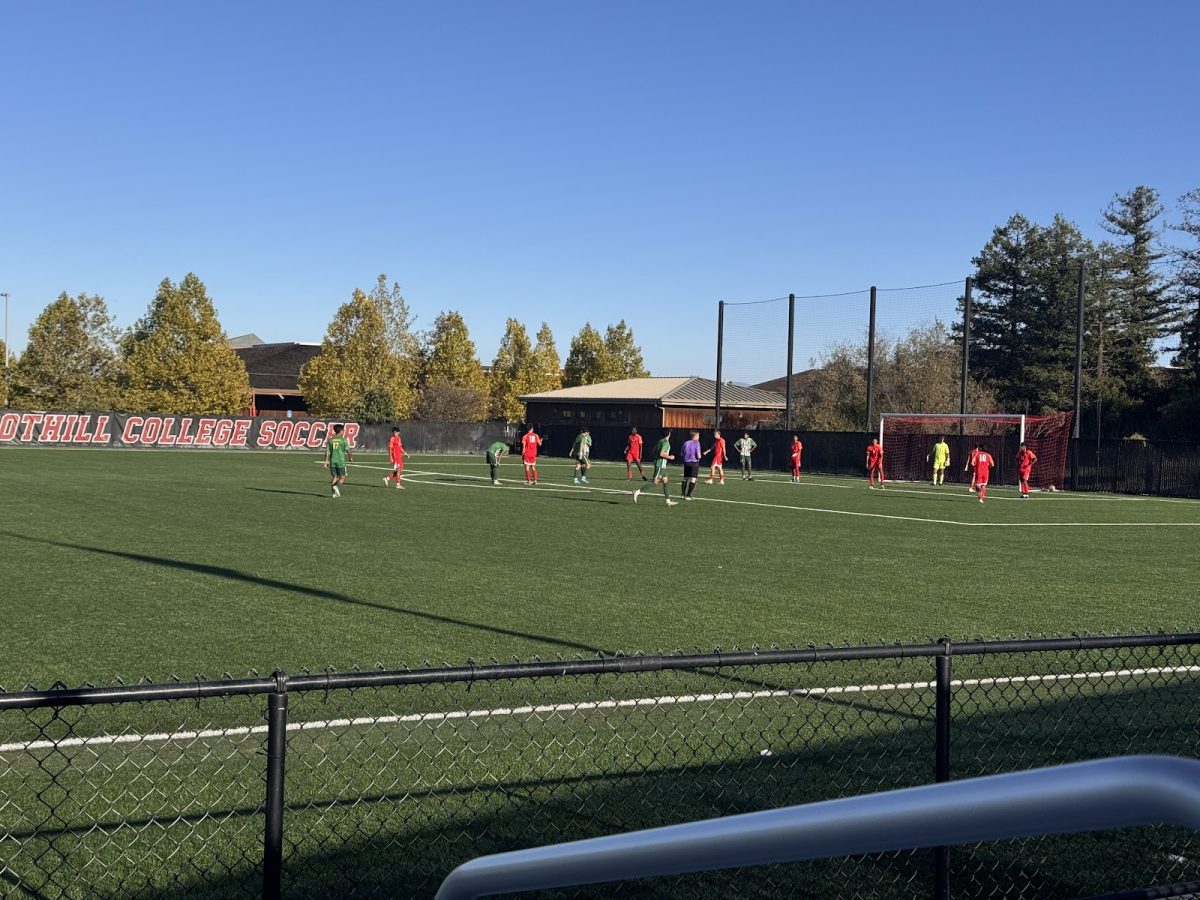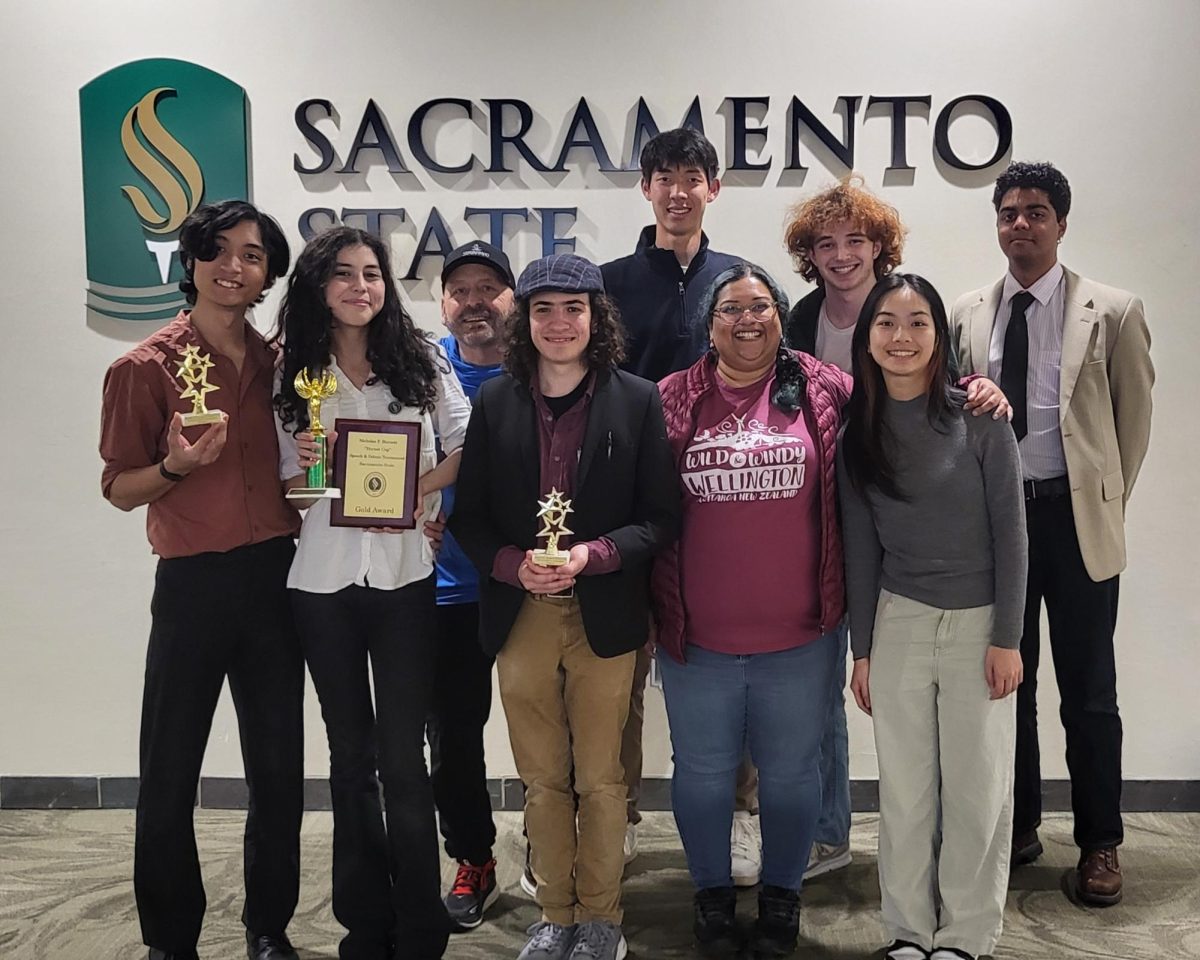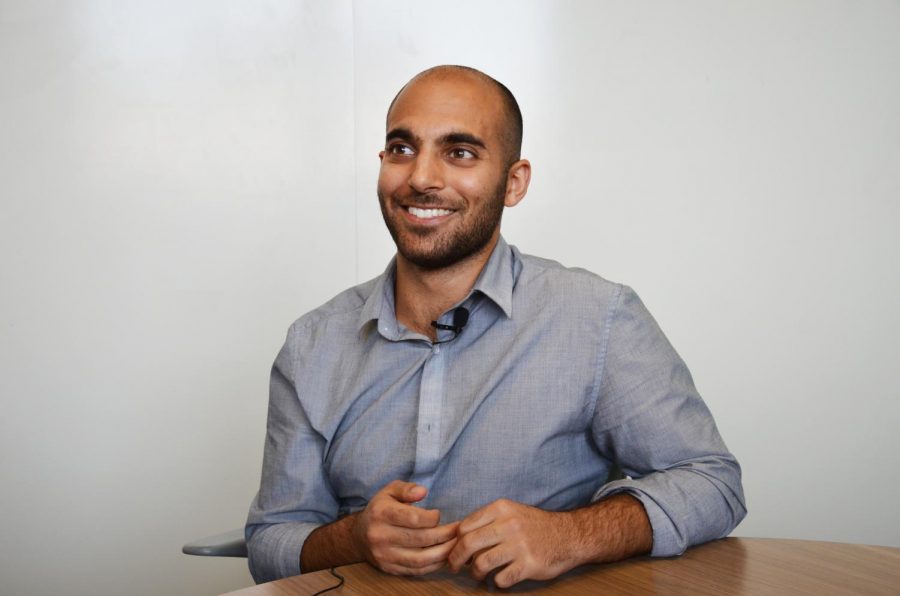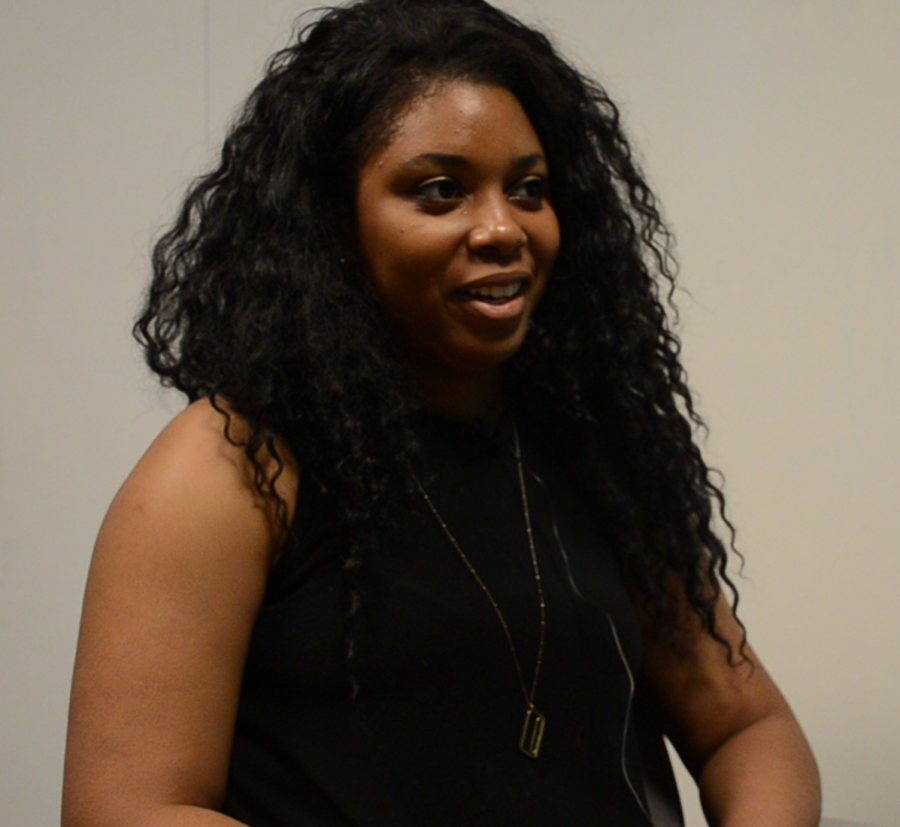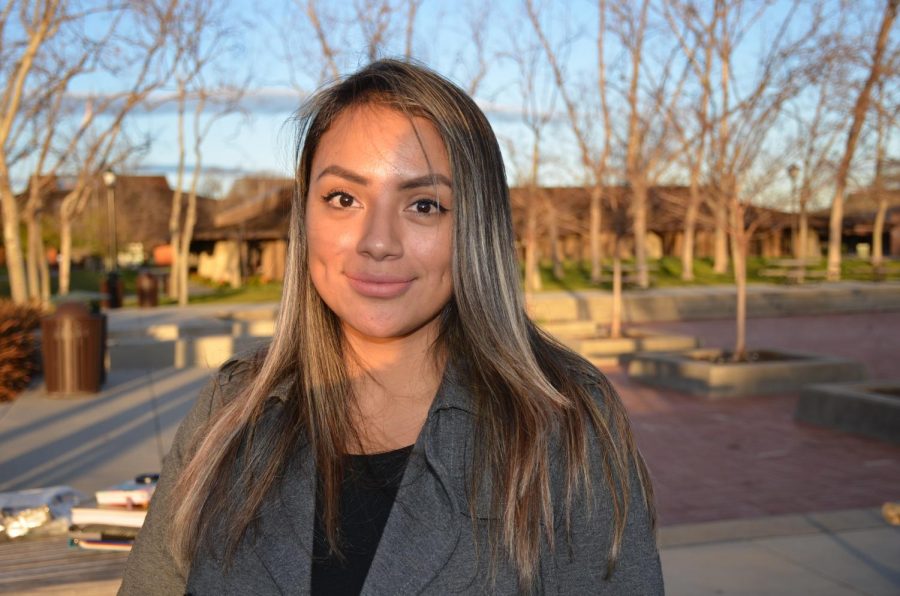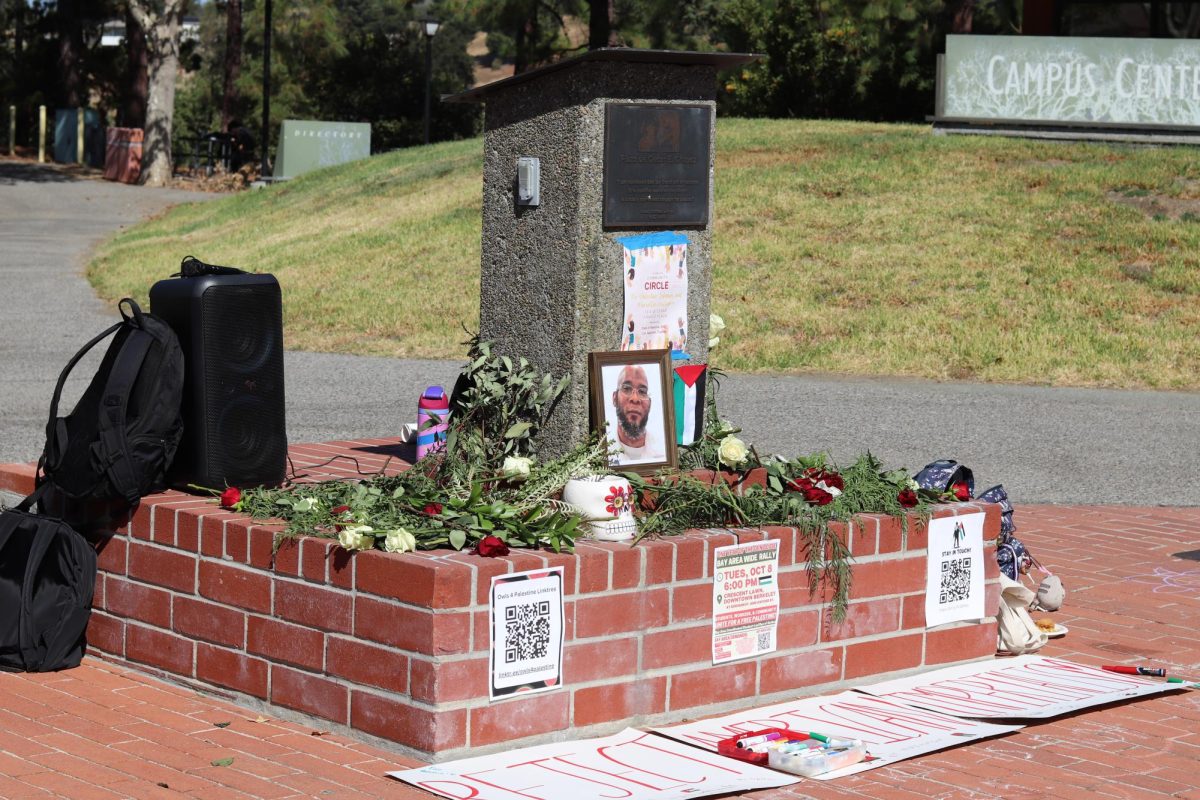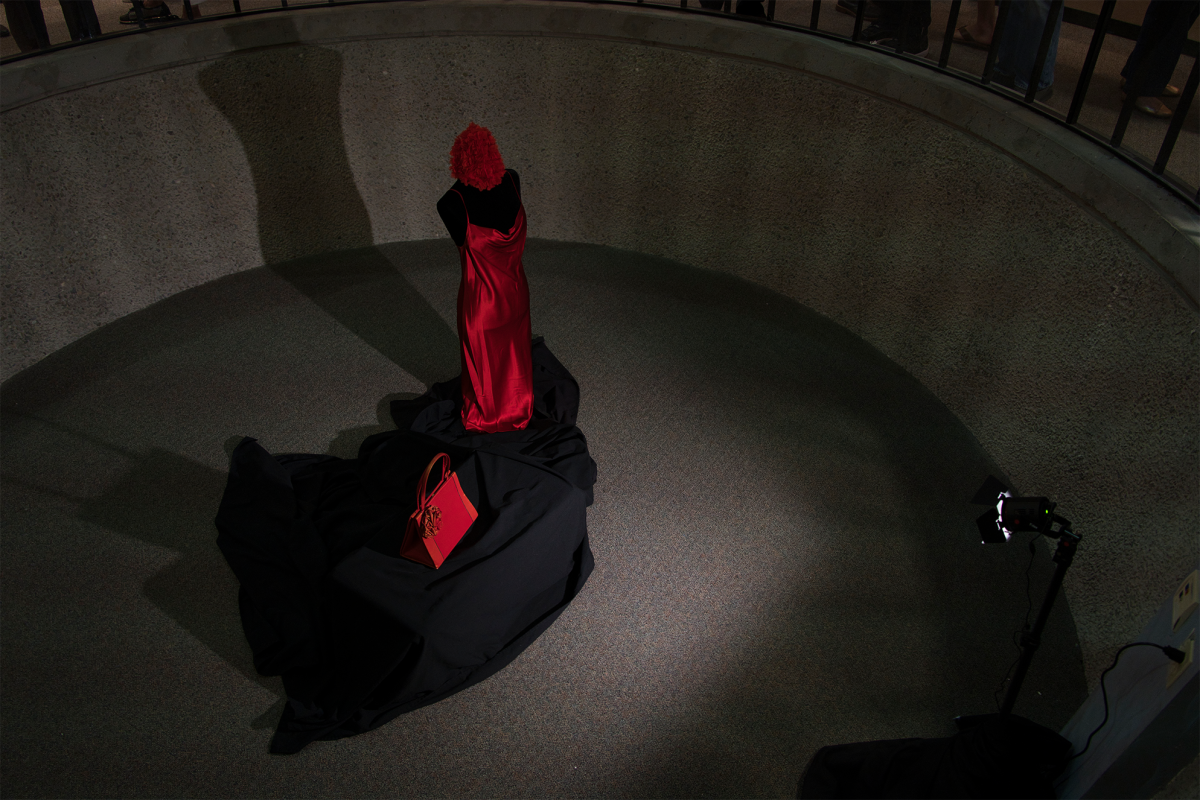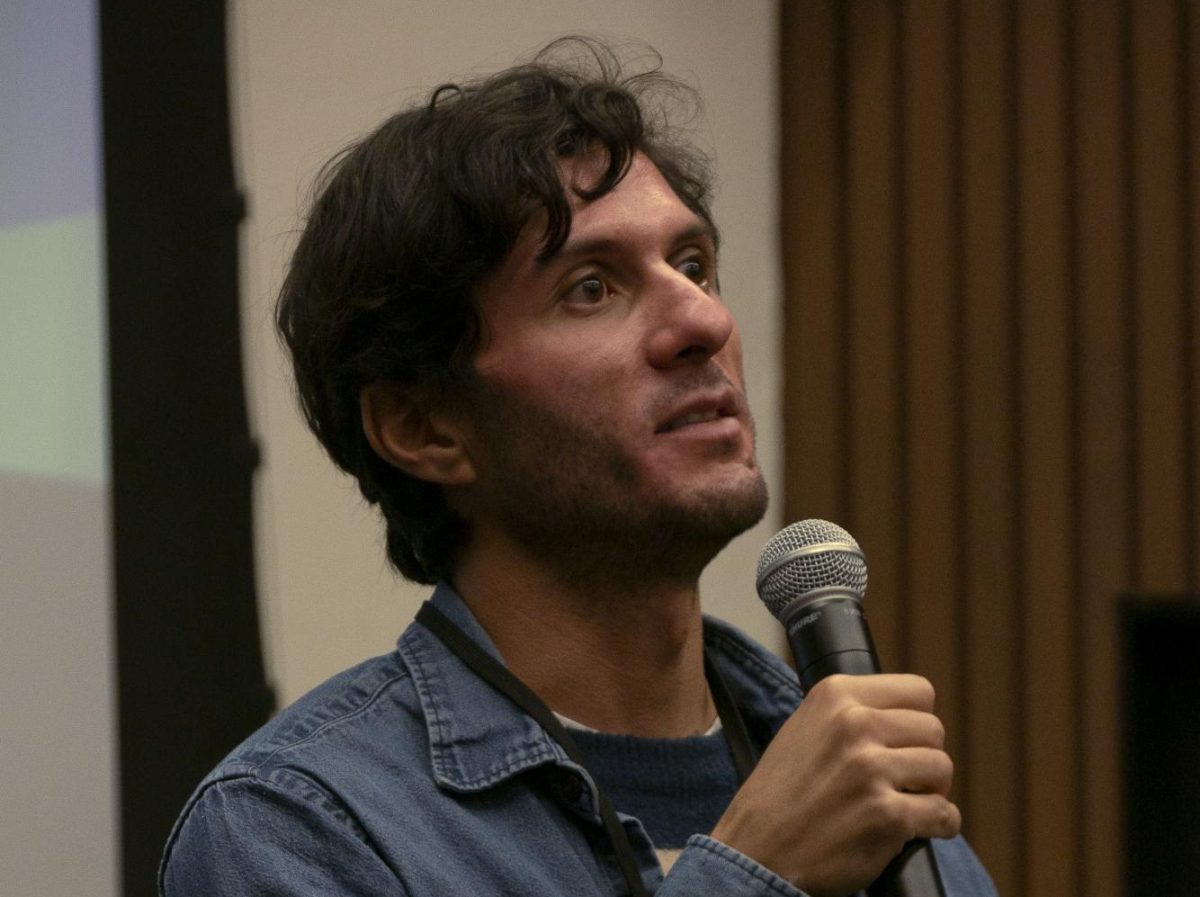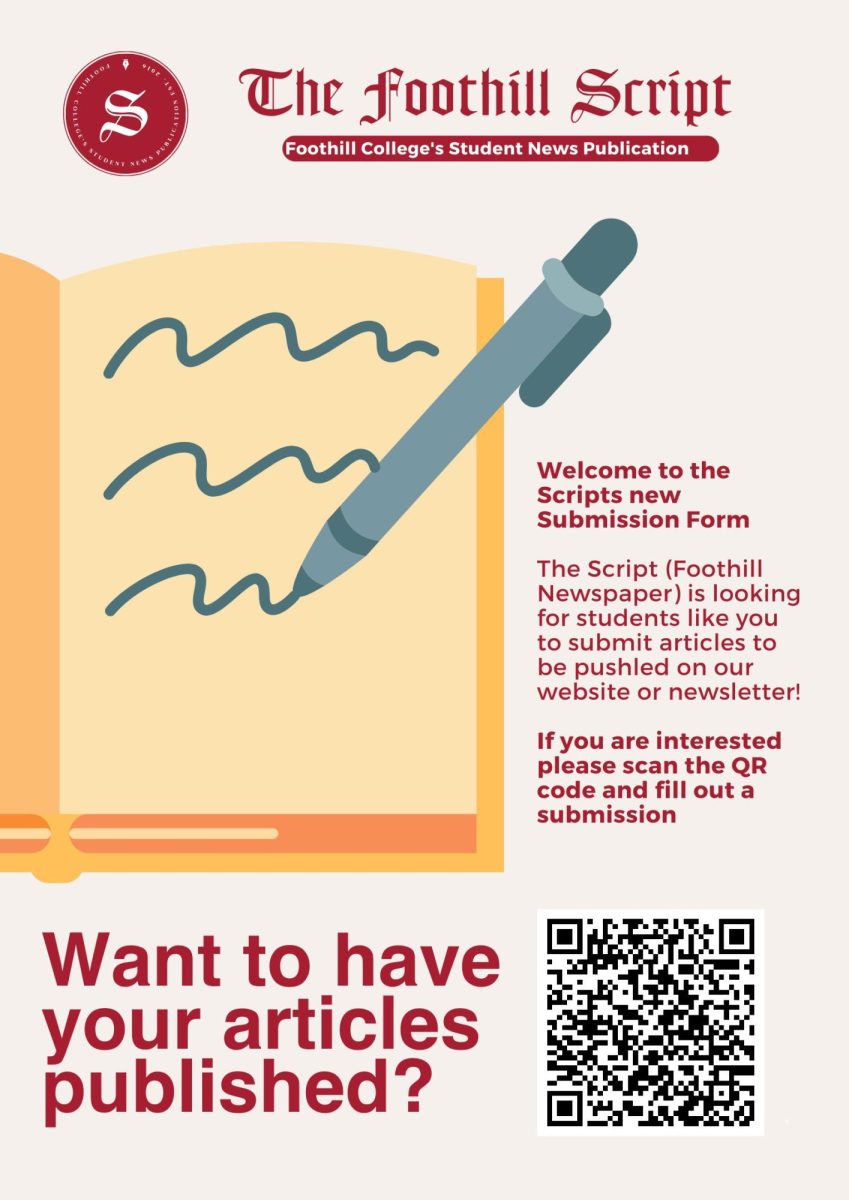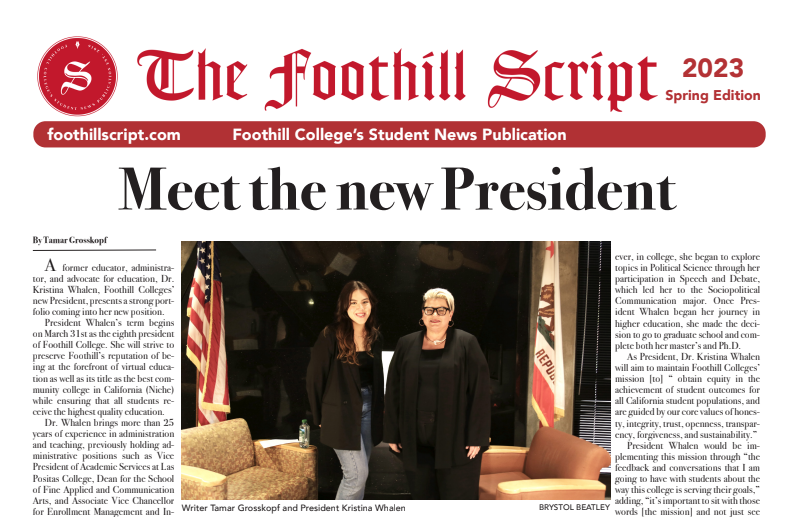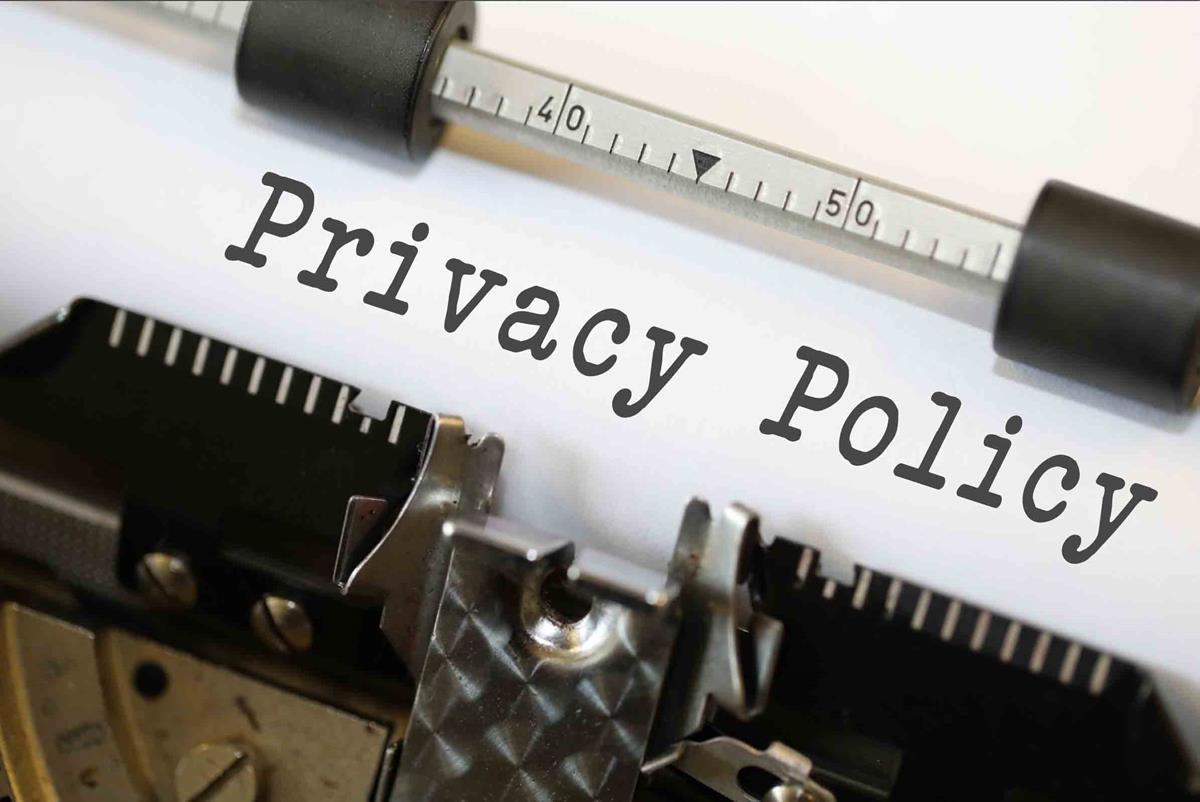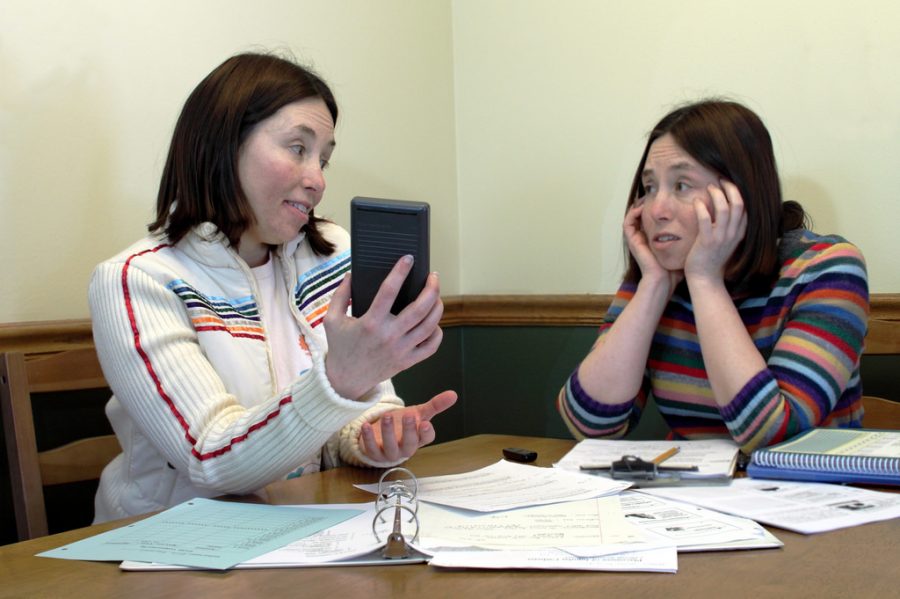Op-Ed: Financing College is a Bureaucratic Clown Fiesta
One-Upping Kafka
April 14, 2017
In April 2015, as I was getting ready to graduate High School, it became obvious I was not going to get into a college I wanted. The simple reason was that I had not applied to colleges that suited me: I was overwhelmed by the application process, didn’t use the tools at my disposal to fine-tune my suite of applications to my credentials and admittedly was far too lazy to improve myself. I was fortunate enough for Foothill to have given me a second chance and in the process, I’ve made fast friends and had insightful, uplifting professors. However, I recognize the privileged uniqueness of this situation. Few community colleges possess foothill’s resources that enable success: Foothill’s graduation rate is 62% compared with the state-wide community college average of around 30%.
My experience got me thinking: How many brilliant students did not or could not apply to elite schools and instead were stuck at a school that did not have the resources for them to thrive? A national cohort study in 2004 found that roughly 40% of high school graduates were undermatched in this way, including students who could have gone to college but didn’t. Furthermore, a 2013 cohort study found that the leading driver in undermatching (and overmatching for that matter) was primarily a result of individual choices in where to apply rather than in college entrance decisions. Colleges tend to be pretty good in separating the wheat from the chaff in the pool of applicants. Given this, mismatching is a complex problem with a host of policy options.
A major problem that virtually all stakeholders acknowledge is the Free Application for Federal Student Aid or FAFSA, the primary way students can get financial aid. Although initially set up as a standardized form to make affording public schools easier, many private schools require FAFSA as well as their own separate financial assessments to receive aid. For students and families with confusing or shifting financial situations– not uncommon among lower-income students– filing a FAFSA becomes a cumbersome process with uncertain and untransparent returns–families rarely know how much money they could save by completing the form. As a result, billions in student aid is left on the table; in 2014 $2.7 Billion in pell grants alone reportedly went uncollected because of failure to fill out the required form– this represents an estimated 700,000 students who could have qualified for pell grants but didn’t fill out the FAFSA. This is deeply problematic because of the FAFSA’s influence on most aid dollars.
The form is used by many if not most private colleges and universities to determine eligibility for their own scholarship and grant opportunities precisely because most students expecting to require financial aid will in theory need to fill it out anyway. Receiving financial aid is the primary pathway for lower income students into private colleges and universities, but stickershock is a huge deterrent. Many families give up because of the perceived unaffordability of college before learning of the vast amounts of aid available to students. Institutions with particularly large piles of cash (like Stanford) often pay the way completely for families who otherwise cannot afford it.
These complexities leave well-qualified, underprivileged students underserved by the admissions process. To many, the perceived cost of college (reinforced by headlines like this and this) form a barrier to applying to their top-choice schools. Yet on average, 45% of tuitions and fees for private institutions are written off by the institution in scholarships and grants with lower-income students more likely to receive more generous subsidies. However, these benefits and advantages become clear only after having invested time and (in many cases) money applying to the institutions. Given the complexity and difficulty in obtaining all the necessary information families need to make good decisions for their children, college admissions officers remain a vital, but all-too-frequently-absent necessity for families struggling through the process. This is particularly difficult for first-generation college students who must navigate the waters without the guidance of parents who have been through the process.
It’s therefore time to end the main culprit in this. The FAFSA is little more than an absurdly Kafkaesque exercise in futility: the typical filing is longer than the standard 1040 form families file for tax purposes and requires the filer to regurgitate information the IRS already possesses. .
Research in psychology and economics reveals that even relatively minor paperwork hurdles can sharply reduce an individual’s likelihood to invest in his or
her own future. Indeed, this is an issue that receives bipartisan support in Washington D.C, but recent demands for trimming the paperwork required have either fallen by the wayside or ended up adding as much or more paperwork than they trimmed. Sadly, the most effective reform– requiring the IRS to fill out the form on behalf of families or simply transferring the data to colleges and the Department of Education– are anathema to a ruling party that crusades as a sworn enemy of the IRS. Politics led to the absurd situation where Republicans are afraid to openly campaign for free money for students. Nevertheless, it’s an idea whose time has come: end FAFSA.







